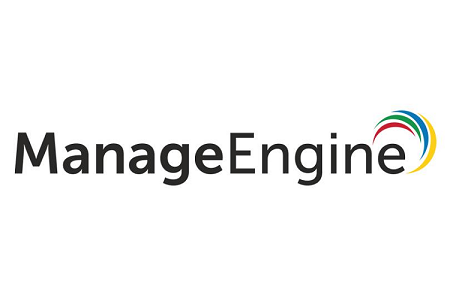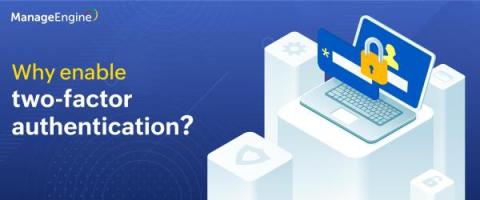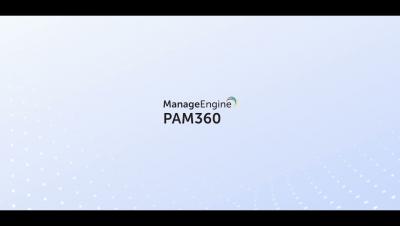Saudi Aramco data breach: A reminder to start monitoring RPIs
On June 23, 2021, threat actors reported that they had stolen a terabyte of data from Saudi Aramco, a state-owned oil company in Saudi Arabia. The threat actors released samples of data they had procured after redacting critical information. They also claimed to have detailed information on Aramco’s employees, such as their full names, photographs, passport scans, emails, phone numbers, residence permit (Iqama card) numbers, job titles, employee ID numbers, and family information.








